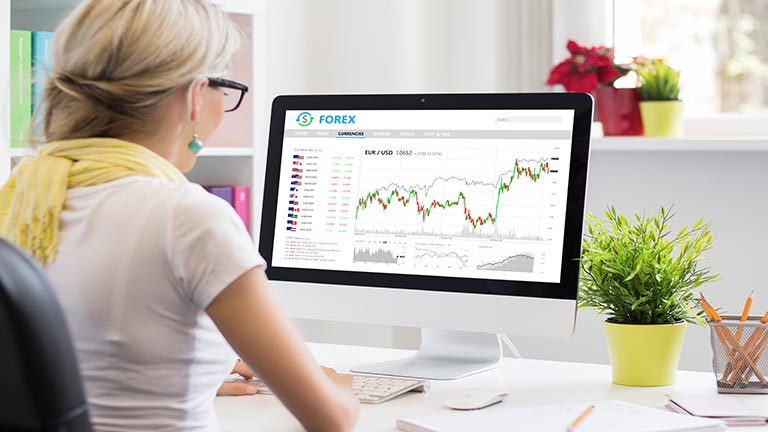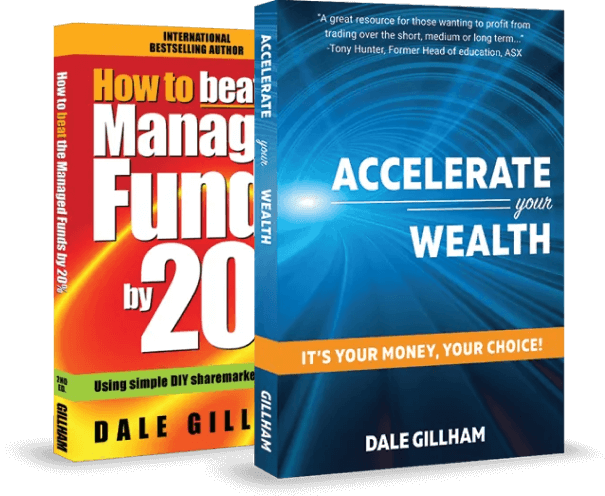Economy and Stock Market to Boom Post COVID

By Dale Gillham
This year has been one most of us would like to forget and while some of us have suffered from fires, floods and droughts, all of us have had to endure COVID-19. I am sure many will agree, that being in an environment where our state and federal governments have had to make some quick but tough decisions that affect the way we live has been challenging, there has been some positives.
The Australian economy is well positioned
Given that we are not going out as much as we otherwise would, one of the benefits of these restrictions is that we are not spending as we normally would, consequently, many Australians have excess cash in their bank accounts. While the government has been handing out money to ensure we can survive the pandemic and, in the hope, we all keep spending to stimulate the Australian economy, the reality is that many individuals are using the current situation to reduce their personal debt, especially their credit card debit or to save money.
According to research on Finder.com.au, over 70 per cent or 14 million Australians own a credit card and according to the statistics, the average balance equates to $2,889. In an interesting statistic, almost half of all Australians over 55 have two or more credit cards and almost 18 percent have three or more credit cards. Those aged over 35 are not far behind with over 40 per cent owning two or more credit cards while 20 per cent own three or more credit cards. This probably explains the scary statistic that as a nation we spend over $25 billion each month on credit cards.
Looking at another survey published by Finder.com.au, Australian household debt more than doubled between 1995 and 2015, as our ratio of household spending to income rose from 104 per cent to 212 per cent, meaning Australia has one of the highest household debt levels in the world. While this has come down in recent times, you have to agree these statistics are scary.
The good news is that the Australian economy is well positioned to come out of the current COVID-19 pandemic in a better position than nearly any other country in the world. Given this, it is likely that we will see the Australian stock market boom into 2021. Therefore, I believe it is wise to pay down household debt and preserve cash, as this will ensure you can take full advantage of a better economy and the opportunities in the stock market that will come from this in the future.
What were the best and worst performing sectors last week?
Once again, the All Ordinaries Index has only been slightly bullish and far from convincing with some sectors rising strongly while others have fallen heavily. Information Technology experienced a strong rise up 4.56 per cent, followed by Healthcare and Consumer Discretionary, which were also both up over 4 per cent. The worst performing sectors included Consumer Staples, which was down almost 3.23 per cent followed by Energy down 2.5 per cent and Financials down 2.14 per cent.
Looking at the ASX top 100 stocks, the best performer last week included The Star Entertainment Group up 13.72 per cent, followed by Dominos Pizza up 11.43 per cent while Suncorp Group was up 9.53 per cent. The worst performers included Treasury Wines Estates down 22.82 per cent, Unibail-Rodamco-Westfield down 12.89 per cent followed by AMP and Bendigo Adelaide Bank, which were both down over 8 per cent.
What's next for the Australian share market?
Right now, when we think the market is more bullish, it turns causing us to question our thinking. Once again, the All Ordinaries Index was more bullish earlier in the week before exhibiting weakness in the later part, given that it closed lower.
This pattern of rising early in the week and then falling in the latter part means the market is virtually going nowhere. Since 1 June, the All Ordinaries Index has risen just under 7 percent with all of that occurring in the first six trading days of June. With the market flat again last week, it means that it has now been trading sideways for 10 weeks, and that a lack of confidence and indecision is still affecting our market.
For the All Ordinaries Index to rise and bring back confidence, it really needs to make a solid break and stay above 6,200 points in a more sustained up move. The longer it moves sideways, the more it indicates that the next move will be down.
For now good luck and good trading.
Dale Gillham is Chief Analyst at Wealth Within and international bestselling author of How to Beat the Managed Funds by 20%. He is also author of the award winning book Accelerate Your Wealth—It’s Your Money, Your Choice, which is available in all good book stores and online.






